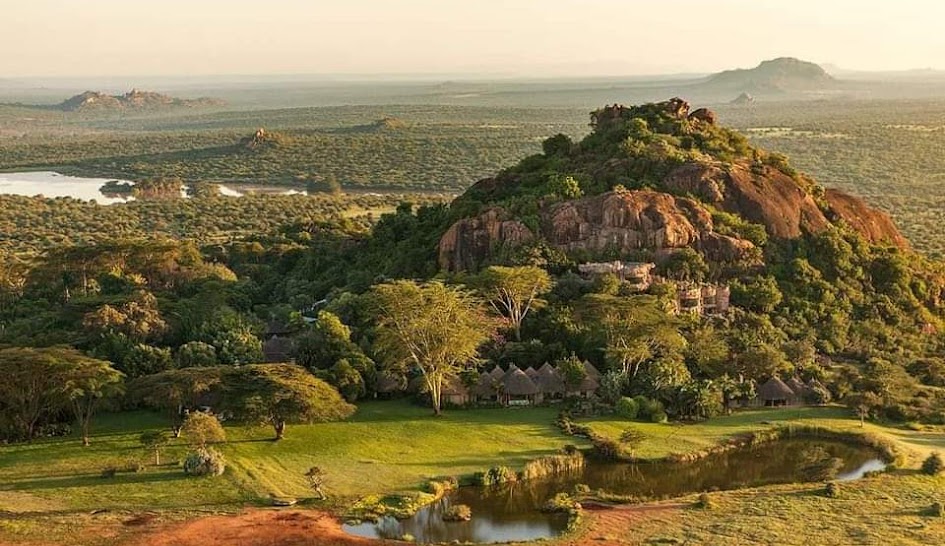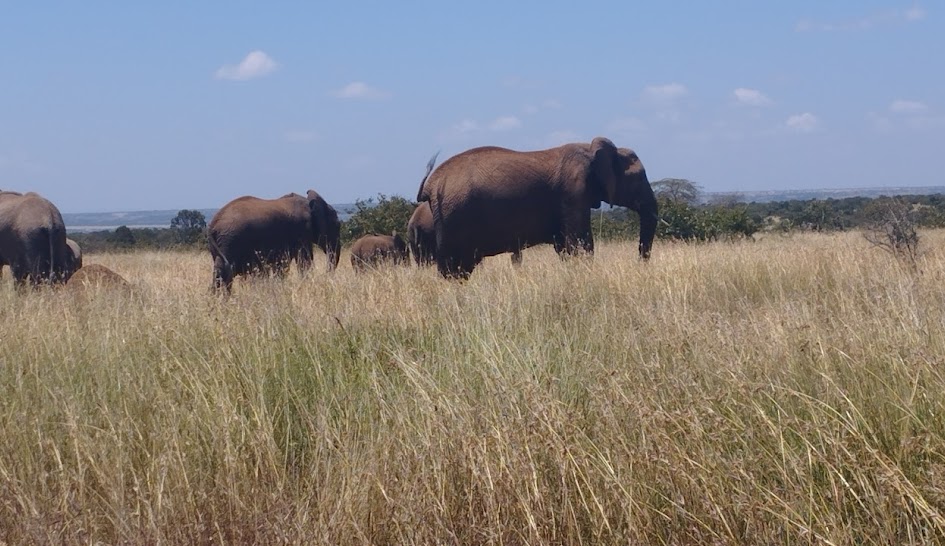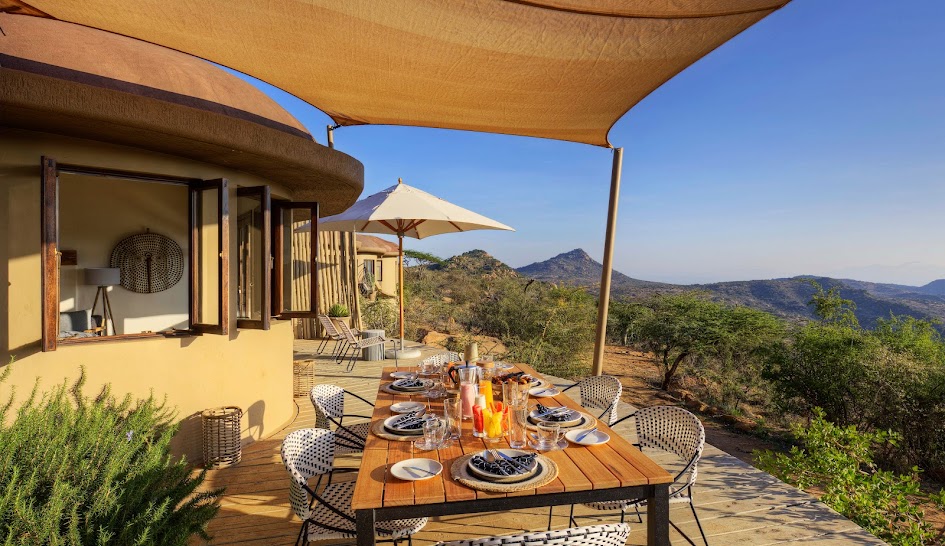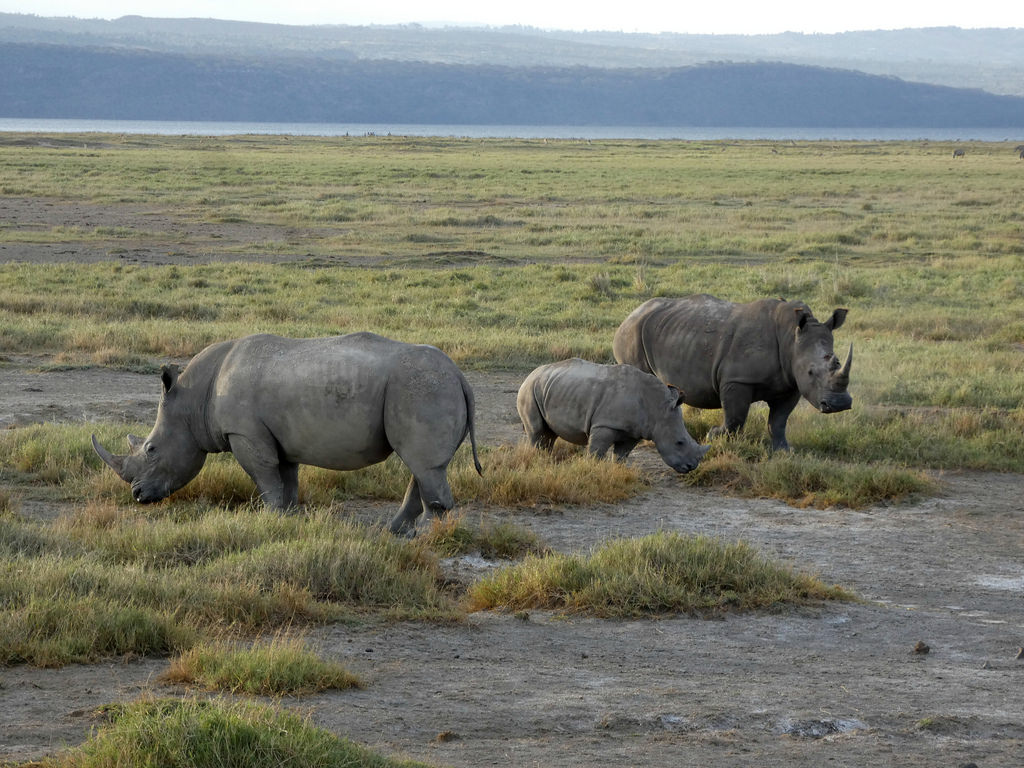The Laikipia Plateau
The Laikipia Plateau, located in central Kenya, is a stunning and expansive region that spans over 9,500 square kilometers. Nestled between the Great Rift Valley and the Aberdare Range, the plateau is known for its diverse landscapes, which include savannahs, grasslands, forests, and riverine ecosystems. It is a haven for wildlife, hosting elephants, lions, zebras, rhinos, and many other species, making it a prime destination for conservation and eco-tourism.
The Laikipia Plateau is also home to several private and community-owned wildlife conservancies that emphasize sustainable tourism and wildlife protection. Visitors can experience the beauty of Laikipia through activities such as game drives, guided nature walks, horseback safaris, and even cultural visits with local Maasai and Samburu communities.
Beyond its natural beauty, the region offers a sense of remoteness and tranquility, perfect for those looking to escape the usual tourist trails. The Laikipia Plateau invites travelers to immerse themselves in Kenya's wild landscapes while supporting conservation efforts and engaging with local cultures.







